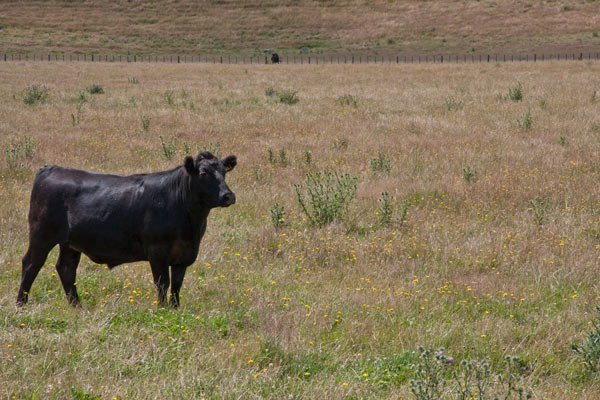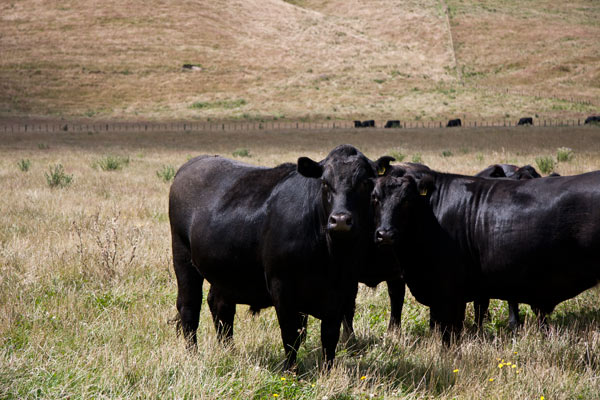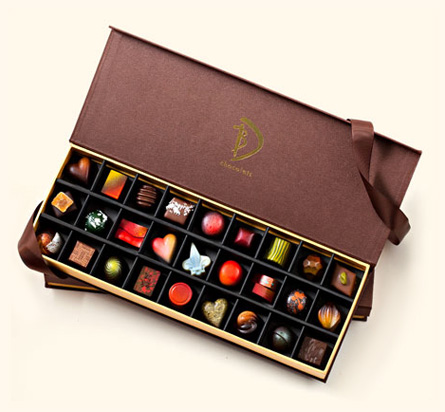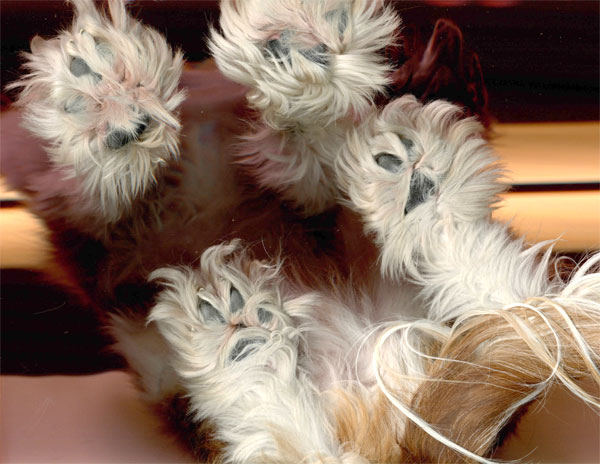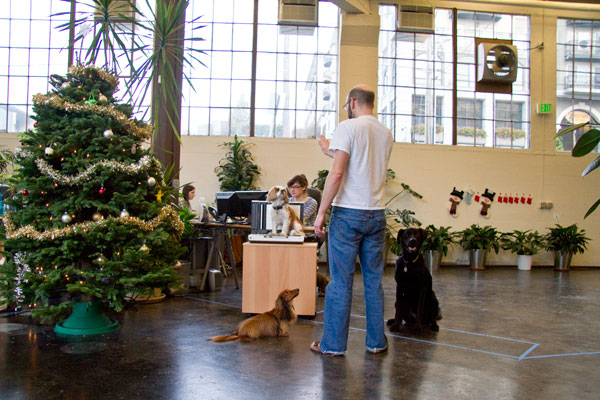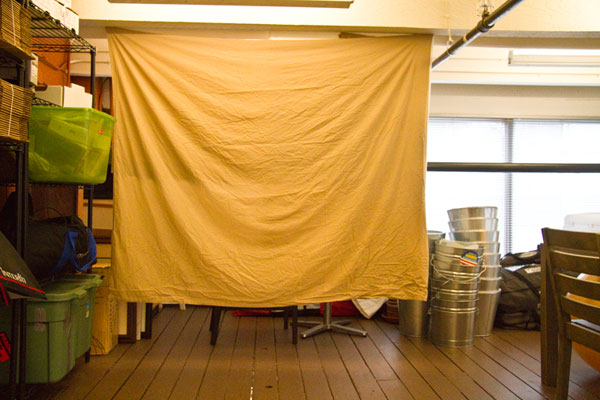My recent visit to a New Zealand meat packing plant was intense, insightful and a walk down memory lane. What struck me most was the sounds and smells from my memory that were not there. Warning: this might be graphic; I can’t tell because I’m desensitized. But, I don’t want to hold anything back since one of my goals with this blog is to share my experiences, especially those that few people see.
—————————-
The Missing Smells
My strongest memory of slaughterhouses in the 80s was the hot, steamy, smelly kill floor. In my youth, the act of cleaning cattle in the back pens with a hose was almost pointless. The holding pens were dingy, dirty, shit- and ammonia-smelling, closed-air affairs. The calves came to the kill floor with shit all over their hooves, tails and rumps regardless of how much we sprayed a hose at them.
Here in New Zealand, the holding pens are clean, free of shit and they are very well ventilated open-air environments. And, this cleanliness is before the cattle are cleaned one by one in a giant shower as they make their way up the chute.
In the 80s, our kill floor was hot and steamy. In this New Zealand facility, the smell was almost benign. The strongest odor was a subtle smell of bleach. Sure, this New Zealand kill floor was warm and many of the workers had only shorts and a t-shirt on behind their smocks, but the humidity was fine and the temperature was moderate.
Hygenically, I can recall a dirty environment from my youth. I remember barrels of organs being dragged around and lots of product held in racks on the slaughterhouse floor itself. In this New Zealand facility, the different non-meat parts almost immediately leave the kill floor via a panoply of chutes and conveyors. The hooves are lopped off by giant scissors and down a chute they go. The hide is pulled off and drops right through a hole in the floor. The guts drop to a giant conveyor where they are separated and down various chutes they go. Aside from the exact spot where throats are slit, there’s hardly any blood at all on the kill floor. I was surprised by the absence of blood on the kill floor and blown away by the lack of odor.
The Missing Sounds
Notably absent in the New Zealand facility was mooing and the sound of kicking. In the old days, our slaughterhouse was full of bovine crying. It is sad to think about. Back then, the veal calves were shackled, stunned and hoisted upside down by a chain wrapped around a hind leg. The panicked cries of the calves must have spread fear among the rest of the animals because it was a cacophony of bawling. Once upside-down their throat was cut and I can remember the sound of them trying to breathe for some time and the sound of them kicking the wall for awhile after that.
Today, slaughter facilities are designed to minimize stress on that animal and this New Zealand facility was the most progressive I have ever seen. In this New Zealand facility, the animals walk through a chute single file and at the end, they are stunned electrically to make them pass out. They fall over through a hole in the wall onto their backs. Their throat is slit while they are passed out and THEN they are hoisted. They don’t know what hit them and they are out of view from the live animals. Here there is no mooing, no struggled breathing, no kicking.
The Missing Buckets and Barrels of Stuff
Certainly the lack of odor has something to do with the fact that product simply does not stay in one place. In the old days as the animals were disassembled, the hide went in this lug. The stomach drops in that one. The heart goes in this bucket, the spleen in this one, the liver in the other one, etc. The lugs on racks ultimately got wheeled off the kill floor and into a cooler or outside, where they waited for the gut truck. All of the non-muscle meats, hides, testicles, etc. would be held in racks on the slaughterhouse floor.
In this New Zealand facility, all of those parts completely left the room as soon as they were cut from the carcass. I don’t know where all of them went, but they certainly left the meat area immediately. In one room that I did see, was a completely separate packing area that received the items that came down the various chutes. Brains immediately dropped into a box, the entire box still pulsing, before it was labeled and moved to the freezer. The tongues were individually saran wrapped and placed neatly in a slotted box. That box was immediately labeled and moved to the freezer. And on and on. In this New Zealand facility, cuts and parts did not sit anywhere. They were immediately cleaned, processed, packed, frozen.
As for the meat cuts, I remember lug after lug of meat cuts on racks in the old days. A major innovation that I saw in New Zealand is that the facility was so sophisticated that it didn’t have to process one cut at a time before moving to the next cut. As the carcass got cut up, all of the products went on the same production line. In the past, the parts would have waited in open-air lugs in the cooler before each individual cut was bagged, labeled and boxed. Here in New Zealand, the cuts just moved down the line together. When they got to the place where they were to be bagged, an operator punched in a code that corresponded to the cut. The automated labeling system did the rest. So, instead of the cuts having to sit around and collect bacteria, they were immediately vacuum sealed, boxed and chilled.
Next Post in This Series:
What It’s Like in a Slaughterhouse
Related Posts:
I Grew Up In a Slaughterhouse
A Disassembly Factory
Post Written by Justin Marx

